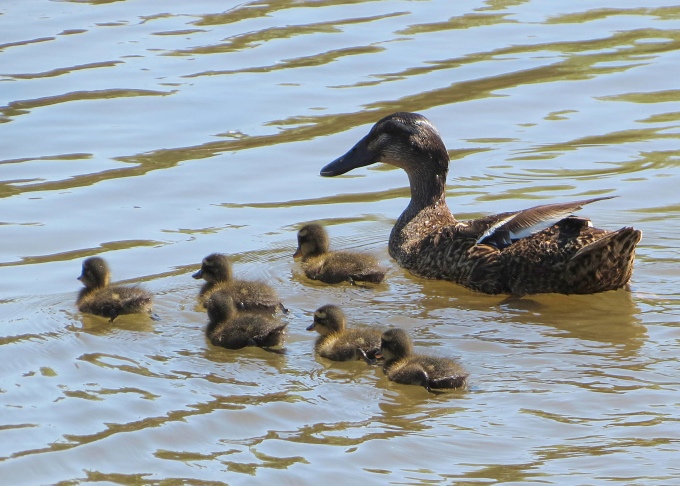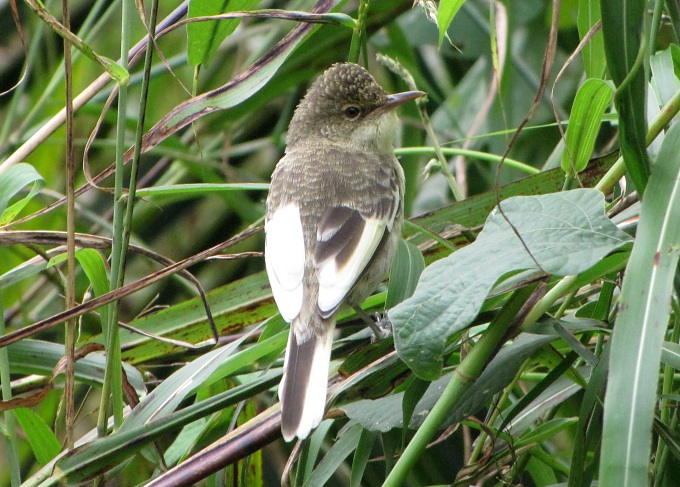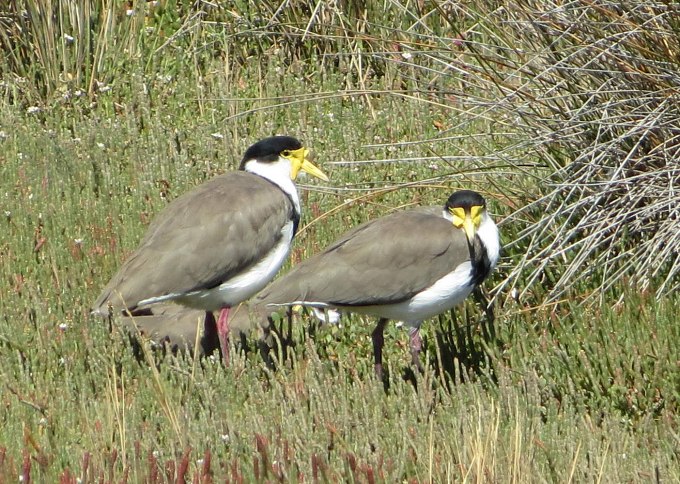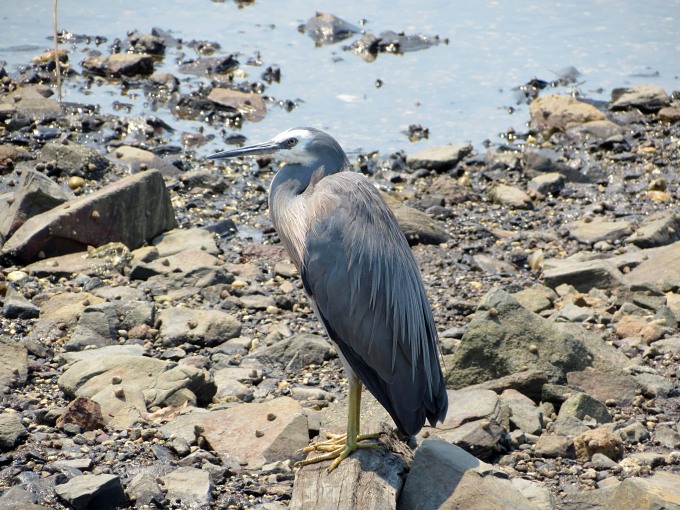Dolphin Ballet
/Finally … some easterly winds to take us further west in the Bass Strait. Our next port of call is King Island, known as KI to the locals. We planned an overnight passage to cover the ~160 nm. The forecast called for light easterlies to start, increasing to 15 kts towards afternoon. Hmm...we'd fallen for this type of forecast recently and it didn't work out as planned. There's always a quandary. If we leave early enough to make it by nightfall the next day, the winds will not have picked up enough to sail all the way. If we waited until later in the day, we'd arrive at night...not a prudent prospect for making our first foray into the reef-lined entrance to Grassy Harbour. King Island is the best known graveyard for ships in all of Australia. Hmm...let's contemplate that fact. If we waited until the following day, there was a chance we'd miss our window altogether. We left around 0900 and hoped for the best.
The day was spent holding on. We motored for awhile and then the easterlies finally arrived and so did the swell. The sunset was a fire-in-the-sky blaze that bode well for the rest of the passage (Red sky at night...sailor's delight). Though rolly to the point that neither of us could sleep a wink, it turned out to be a good passage.
The night was clear and crisp. Millions of Milky Way stars danced in the ink black sky. A yellow half moon played tricks in the clouds...now brilliant, now a shady silhouette. I tried to take photos, but the best I managed on a rolly boat at night was a Nike swoosh!
The night was spent alternately trying in vain to sleep on our off-watches scrunched into the lee cloths on the settee or holding on in the cockpit while watching out for the fast-moving Bass Strait ferry and well-lit oil rigs. Despite the roll, the weather was mild and being topside was quite pleasant.
Day broke and a thick gray wall of clouds stretched from sky to sea in the east and slowly receded like a heavy coverlet slipping off a bed. Shafts of sunlight cut through the thick blanket and were reminiscent of Hollywood movie aliens trying to beam people up from their boats. A pale blue, cloud-studded sky tinged with peaches and pinks appeared and promised a fine day ahead and so it was.
We spotted a pod of dolphins in the distance and they migrated toward us. Dolphins are always good luck for sailors, so we were glad when they stopped by. You don't even have to see them; you hear them first … a distinctive breath sound that we've come to recognize. Three or four of them greeted us by the cockpit, then swam by. Another three or four joined them and started swimming in the bow wake. Then more dolphins appeared … and more. We'd never seen quite so many all at one time, diving, surfing down waves, swimming under the boat, beside us, in front of us, behind us.
I was beside myself. I started photographing, but they were everywhere, all jumping and frolicking and apparently intent on giving us a good show. I hung over the bow and over the rails, clicking away into the clear blue water, then finally gave up with the camera and just enjoyed their presence. For over an hour, they swam with us.
After 13 years at sea, this is one of the many pleasures that always excite. Not to mention all that good luck.
| Days and Ways to Celebrate |
| A daily list of mostly obscure holidays and fun ways to celebrate them. |
| Peppermint Patty Day |
| Have a refreshing York's peppermint patty. |
| White T-shirt Day |
| Honoring men and women who participated in a sitdown strike at General Motors in 1937. These autoworkers helped the United Auto Workers (UAW) union to become the sole bargaining agent for General Motors autoworkers. The strike ended on this day in 1937. Wear a white t-shirt, but do not get peppermint patty all over it. |
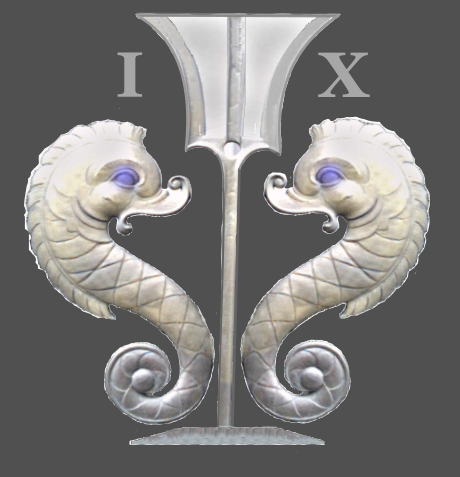

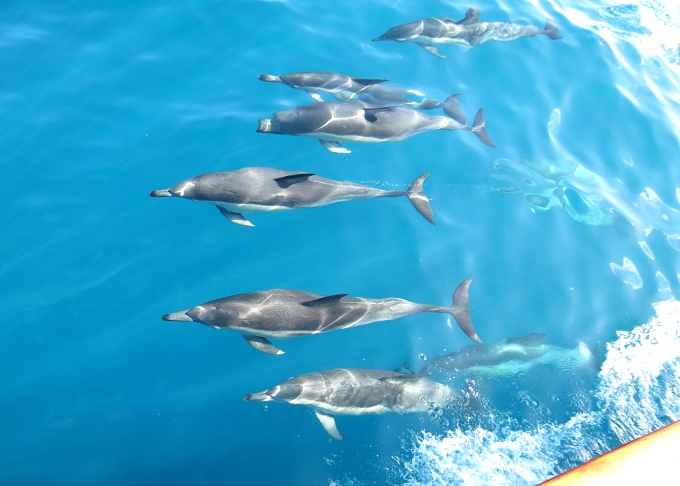

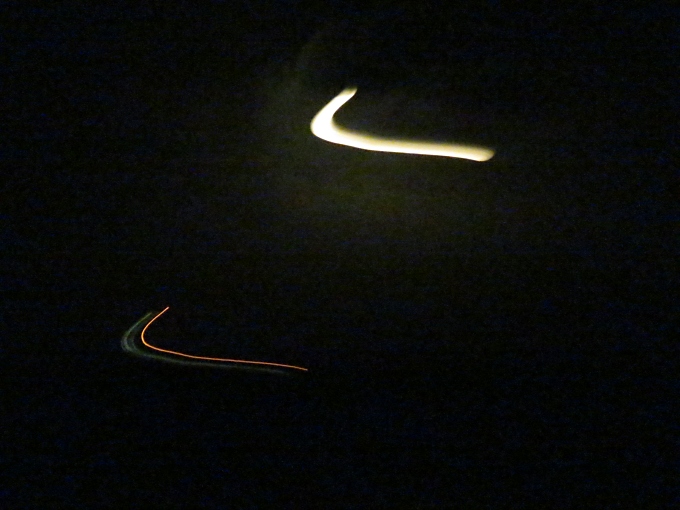


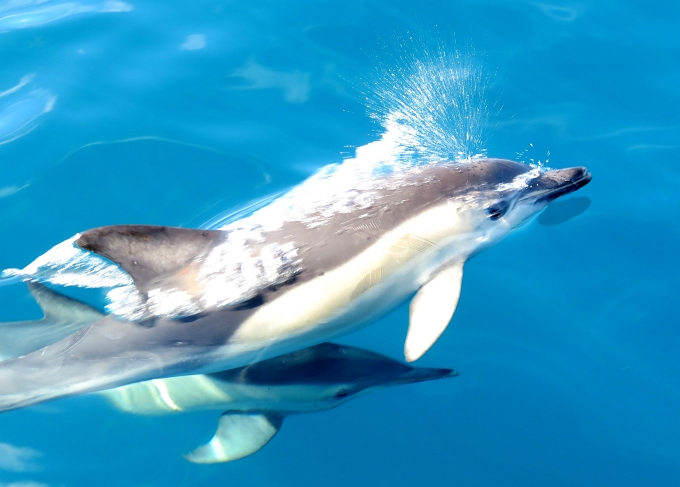
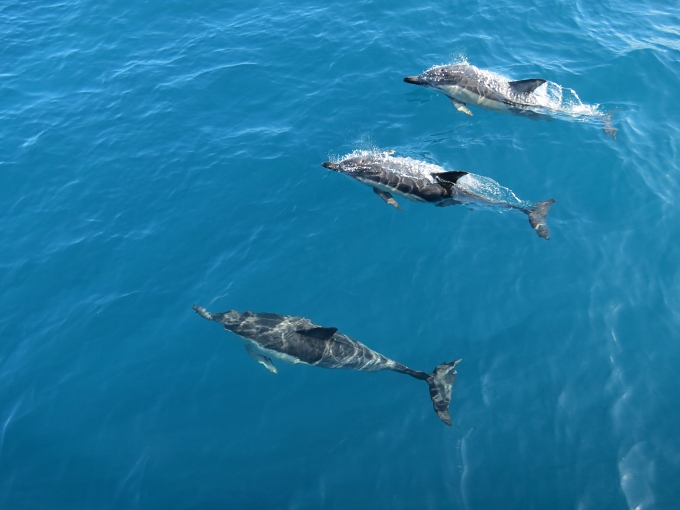

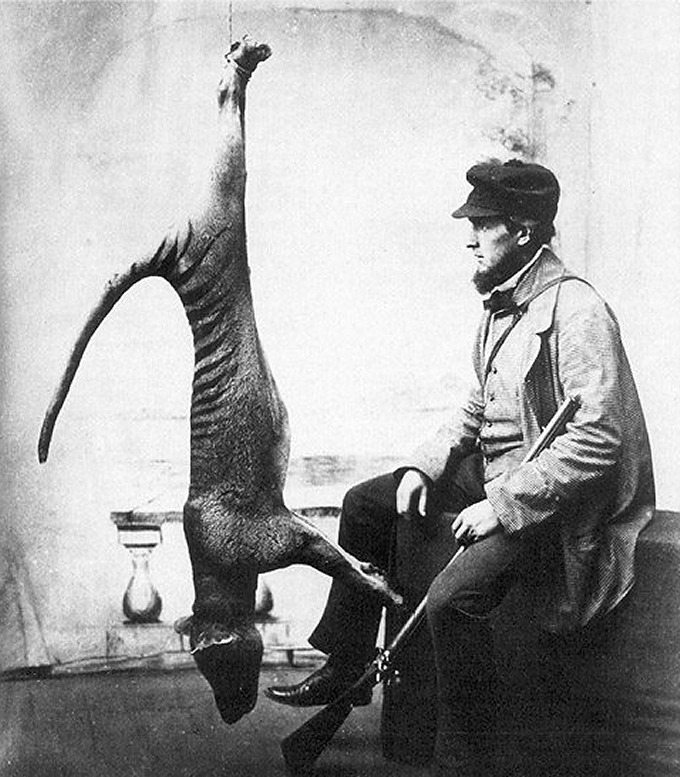
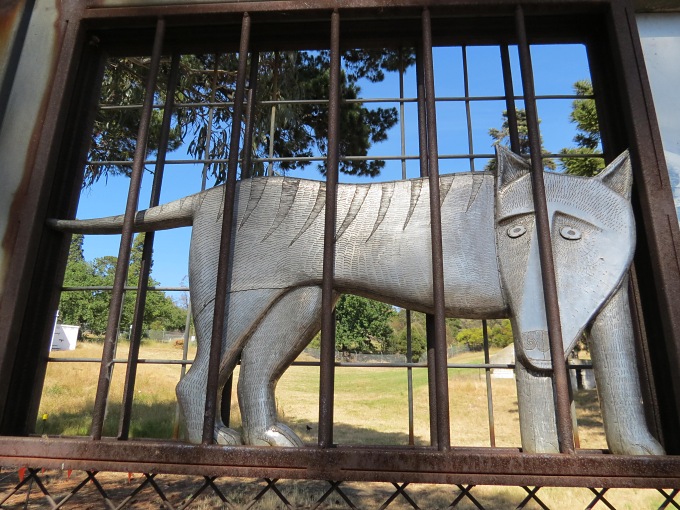

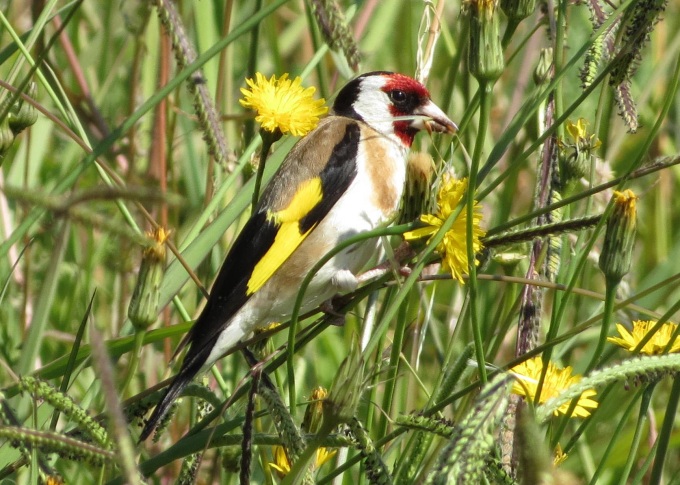 Whenever I used to think of “birdwatching”, I pictured a skinny-legged fellow in khaki shorts, probably wearing black socks and “sneakers”, a wide-brimmed hat, binoculars around his neck and a bird list in his hand, ready to tick off each bird he spotted. Birdwatching was a hobby for old people or nerds with nothing better to do with their time. It's not that I disliked birds. It's more that I saw them, but never took the time to really notice them. Oh, a bluebird. Gee whiz, there's a seagull. Hmm, the first spring robin. Not much enthusiasm. Boy, did I have it wrong.
Whenever I used to think of “birdwatching”, I pictured a skinny-legged fellow in khaki shorts, probably wearing black socks and “sneakers”, a wide-brimmed hat, binoculars around his neck and a bird list in his hand, ready to tick off each bird he spotted. Birdwatching was a hobby for old people or nerds with nothing better to do with their time. It's not that I disliked birds. It's more that I saw them, but never took the time to really notice them. Oh, a bluebird. Gee whiz, there's a seagull. Hmm, the first spring robin. Not much enthusiasm. Boy, did I have it wrong.